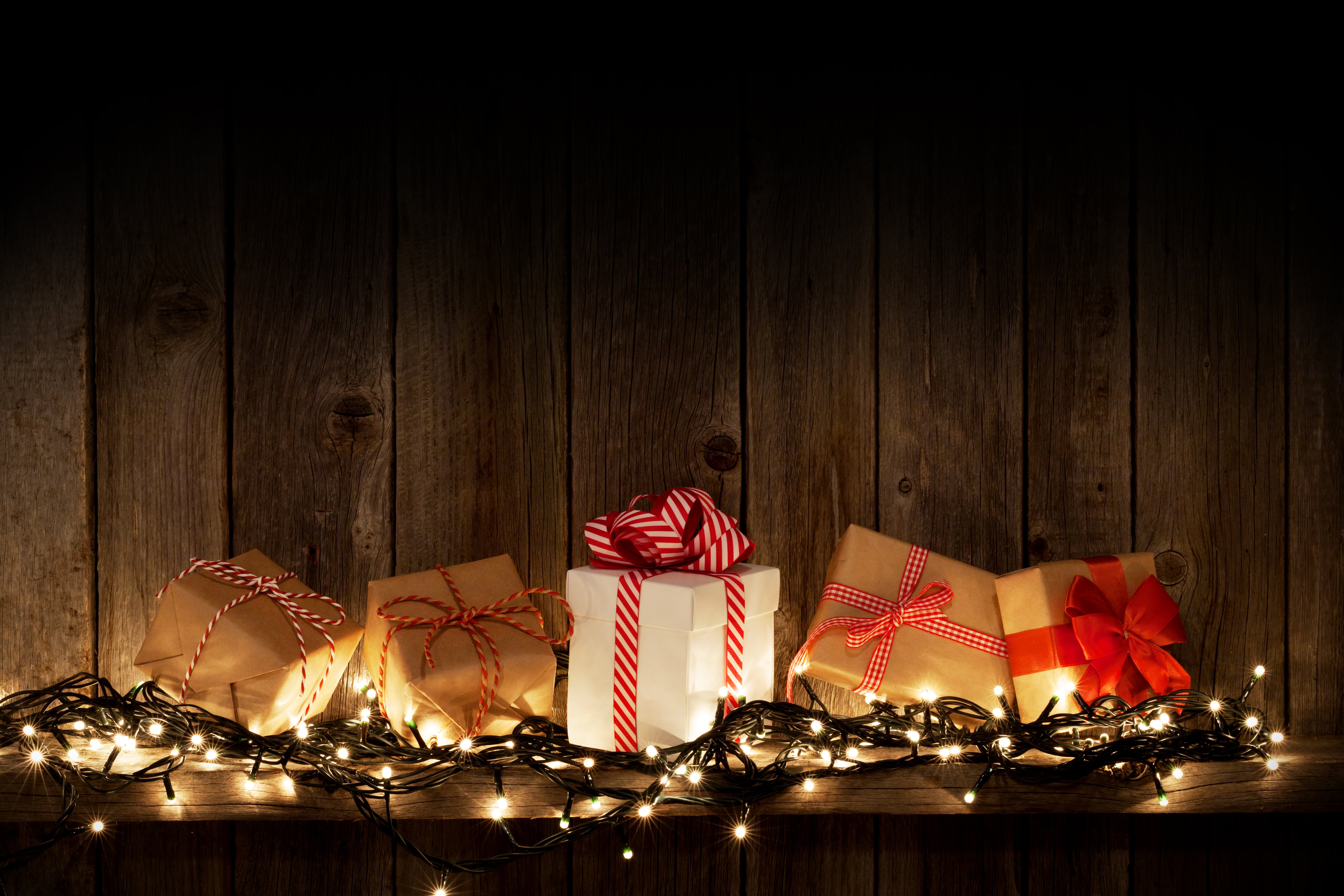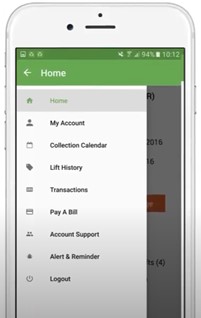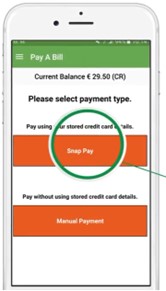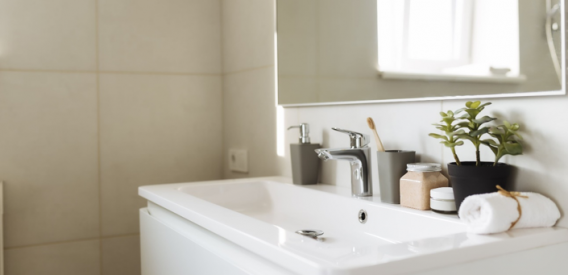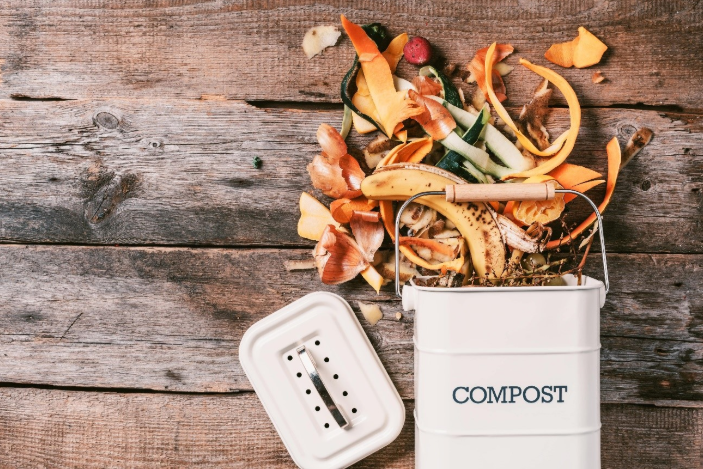- Barna Recycling
- Dec 08, 2024
Christmas Recycling Facts & Tips We Bet You Didn’t Know
Christmas is a festive season full of joy and generosity. However, the most wonderful time of the year also comes with a less festive byproduct: waste. Mountains of wrapping paper, packaging, and unwanted decorations find their way to landfills, contributing to a cycle of waste that harms the environment.
In Ireland alone, the disposal of nearly 1 million tonnes of waste over the festive season places immense strain on local waste management systems. Addressing this challenge requires both individual effort and community awareness.
Surprising Christmas Recycling Facts You May Not Know
Here are some interesting Christmas recycling facts you should know:
- If a household reuses a plastic tree for up to five years, its carbon footprint will be smaller than a household that buys a real tree every year.
- One ton of recycled Christmas cards can save 15 trees.
- At Christmas time, we use over 1,100 tonnes of wrapping paper, enough to gift wrap the Spire in Dublin over 10 times.
- Shiny, metallic wrapping paper and glitter-covered cards are often non-recyclable because they frequently contain plastics and foils that contaminate recycling streams.
- +30 Million Batteries are sold over Christmas.
- Over 50% of plastic packaging, including toy boxes and food containers, remains unrecycled each Christmas.
Barna Recycling’s Top Tips To Reduce Waste This Holiday Season
-
Recycle Your Christmas Tree
Real Christmas trees can easily be recycled or shredded into chippings and used in parkland areas. Artificial Christmas trees cannot be recycled but can be reused and donated to family, friends, or a local charity shop. If these are not possible, another alternative would be to bring your artificial Christmas trees to a civic amenity site to dispose of. Find your nearest civic amenity site here.
Where to Recycle Christmas Trees?
An artificial Christmas tree is seen as a bulky waste item. It can be brought to your local civic amenity site (except our civic amenity site in Clifden) to be disposed of. Our civic amenity sites will also accept real Christmas trees. Find out more ways on how you can recycle or replant your Christmas tree.
-
Upcycle Old Christmas Decorations with Creativity
Recycling Christmas decorations is another effective way of reducing waste. When taking down your decorations, some items may be broken and need to be disposed of. Often items that are deemed to be single-use items can be used again, so before you dispose of everything, take a minute to think if this could be used again next year. It is best to sort through your decorations as you are taking them down.
You can also embrace the beauty of sustainability by choosing decorations that can be reused year after year. Invest in timeless pieces made from durable materials, reducing the need for constant repurchase. When the time comes to refresh your decor, ensure that the materials are recyclable, contributing to a cyclical and eco-conscious festive aesthetic.
-
Mindful Gifting & Christmas Cards
In the quest for the perfect present and Christmas cards, consider options with a minimal ecological impact. Opt for items made from recycled materials and sustainable resources. Another way to reduce waste is by recycling your Christmas cards. It is safe to place the holiday cards you received in your home recycling bin. Any plastic, paper or cardboard design materials are recyclable. However, these may not be recyclable if the card contains glitter or any bulky designs.
Plan gift-giving wisely and avoid excessive packaging by opting for experience-based gifts like vouchers or memberships, which come with minimal material waste.
-
Saving on Wrapping paper
Try and save any reusable pieces of wrapping paper and store them safely for next year. Save any gift bags that can be used again next year too. But be sure to take off any name tags from the bag!
Besides, ditching traditional wrapping paper in favour of recyclable alternatives like brown kraft paper, fabric wraps, or even old newspapers allows you to explore eco-friendly alternatives. Cloth wraps, reusable gift bags, or even repurposed newspapers can add a touch of creativity while minimising the environmental strain of single-use wrapping paper. Elevate your gift presentation without compromising on sustainability.
EXTRA TIP: Keep An Eye For Batteries and Chargers
Batteries and chargers are considered hazardous waste but are still important components for controllers and children’s toys. Since they cannot be disposed of at home, you must bring them back to where they were purchased or to a civic amenity site. Electrical items such as chargers also need to be disposed of correctly. They need to be returned to where they were purchased or brought to a WEEE drop-off recycling point or your local Civic Amenity Site to be disposed of. Click here for more information on how to dispose of WEEE the right way.
Using Your Household Bins To Dispose of Your Christmas Waste
Boxes
Ensure you maximise the space in your bins by breaking down waste before you put it in. This is especially important for the recycling bin. Cardboard boxes and packaging can quickly take up a lot of space, so be sure to break down bulkier items. Remember that overflowing bins or items left out beside your bins may not be taken away.
As a safety precaution, we always advise our customers not to leave boxes of expensive items beside their bins, such as new TVs or game consoles, as this may encourage theft. If you do not have space for such boxes, bring them to your local civic amenity site or store them in a shed or garage until you have sufficient room to put them in your bin.
Christmas Cards and Wrapping Paper
When disposing of wrapping paper, the most important thing is to note that not all paper is recyclable. Any wrapping paper containing glitter, foil, or tape will have to go in the waste bin. Similarly, for Christmas cards with excess glitter, ribbons or homemade cards that contain glue must go in the general waste bin. In the case of ribbons, you can also save it and reuse it again for wrapping presents next year.
Christmas Decorations
Items such as tinsel that can’t be used again can be placed in the general waste bin. Fresh wreaths can be put into your compost bin once you take off any non-compostable materials. Broken glass baubles need to be brought to the bottle bank, and lights and electrical appliances that no longer work can be brought to a WEE disposal site. Please note that any electrical items that contain a battery must also have the batteries removed before being disposed of or for safety reasons. Any decorations wholly made of metal should be brought to your local civic amenity site.
If your bin is overflowing well in advance of your collection day, call the Barna Customer Care Team on 091 771619 to discuss your options.
Lower Your Costs With Waste Management In 2025
Barna Recycling is Connacht’s leading provider of waste management services, providing a professional, reliable, and environmentally friendly service. Join Ireland’s number one environmentally friendly waste collection provider and enjoy the peace of mind that we will recycle what you throw away.






